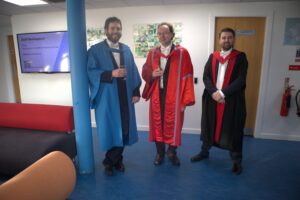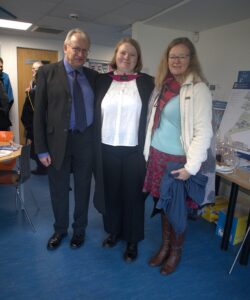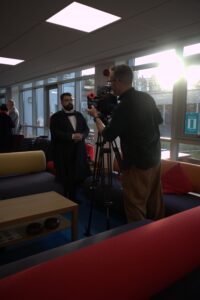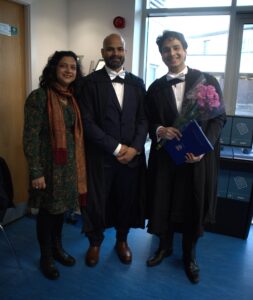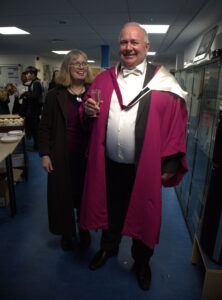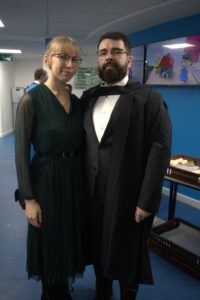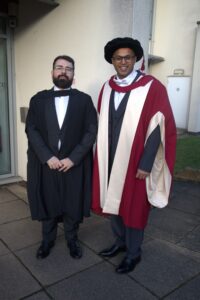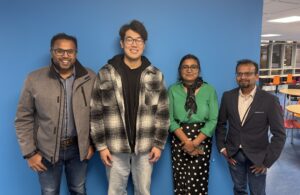You are warmly invited to the next PGR Seminar.
Date & Time: Monday 10/11/2025 14:00-15:00
Location: JC 1.33A
- Speaker: Charis Hanna
Title: Self-Supervised Learning for Efficient Ecological Monitoring
Abstract: Cliff-nesting birds serve as valuable indicators of marine ecosystem health, yet dense populations and remote habitats present significant challenges for automated monitoring. With current state-of-the-art object detectors often failing under the conditions of extreme crowding and occlusion, this project aims to develop and refine deep learning techniques that enable the fine-grained, automated analysis of seabird colonies. Current work explores self-supervised learning strategies that leverage domain-shifted knowledge to reduce the need for exhaustive annotation across complex image datasets. These methods not only reduce the laborious process of manual annotation but also demonstrate promising improvements in performance across the long-tailed species distribution. While ongoing efforts are directed at further optimising these models, future work will leverage additional spatial information with the aim of supporting richer insights into behavioural dynamics within these populations.
Bio: Charis is a 3rd-year PhD student developing novel deep learning approaches for the automated monitoring of dense cliff-nesting bird colonies. Her research focuses on advancing computer vision methods for detection, classification, and behavioural analysis in challenging habitats.
- Speaker: Maria Andrei
Title: Bridging Psychological Distance from Climate Change through Experiential Learning within Heritage Organisations
Abstract: Climate change represents one of the most urgent challenges of our time, not only in its environmental impacts but also as a complex science communication problem. Despite broad scientific consensus on its causes and mitigation pathways, public understanding and engagement remain fragmented, limiting the collective action needed to address this crisis. My research investigates how immersive technologies, particularly virtual reality, can bridge the gap between scientific knowledge and public perception by transforming abstract climate data into tangible, emotionally resonant experiences. By connecting global and local climate futures through case studies such as Antarctica and Scotland, I examine how immersive simulations can reduce psychological distance from climate change. By evaluating audience responses across diverse contexts, from museums to polar expedition vessels, this research aims to assess how experiential storytelling can improve climate communication and motivate engagement with climate action.
Bio: Maria is a third-year PhD researcher working with the Schools of Computer Science, Biology, and Earth & Environmental Sciences. Her work focuses on immersive climate communication, using virtual reality to visualise climate impacts in regions such as Scotland and Antarctica. She collaborates with heritage organisations, science centres, and polar expedition companies to bring these experiences to communities across Scotland and beyond.
We hope you can join us!










